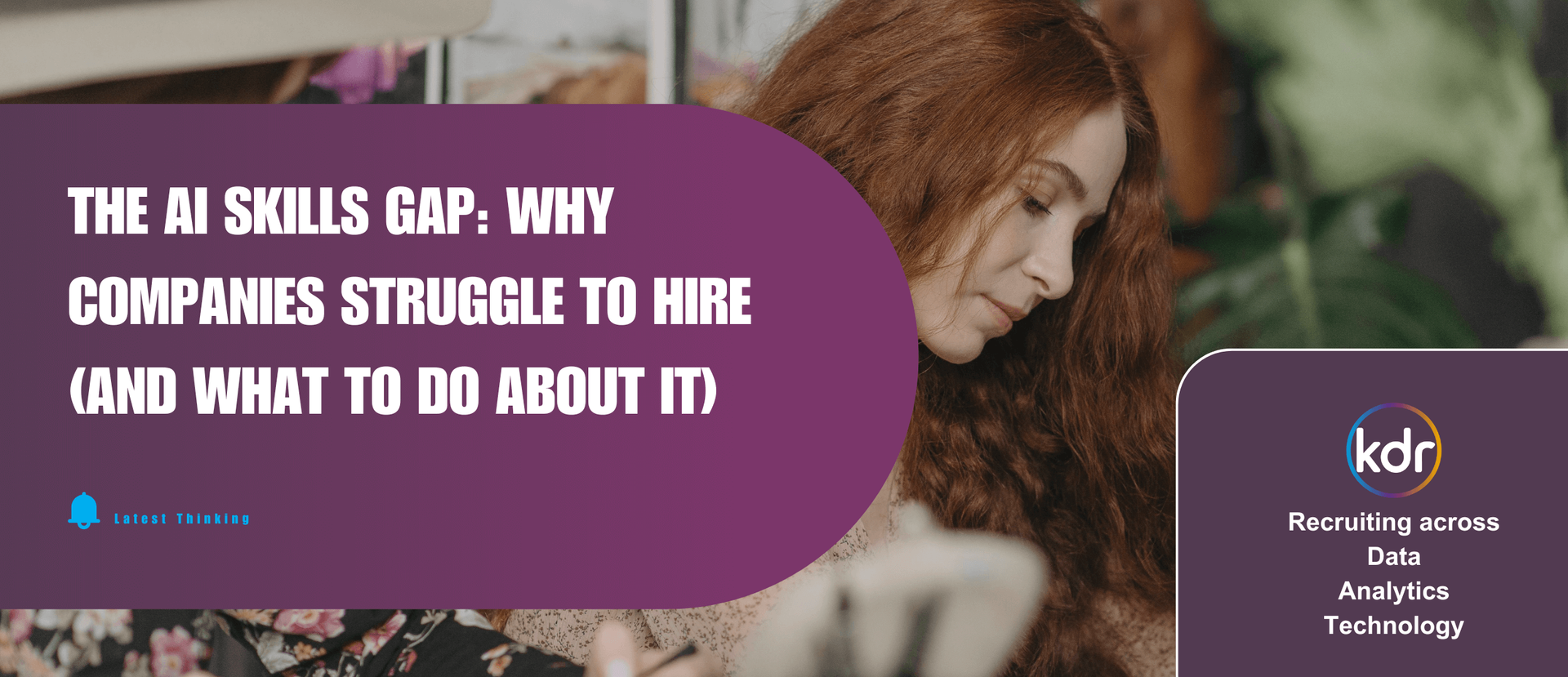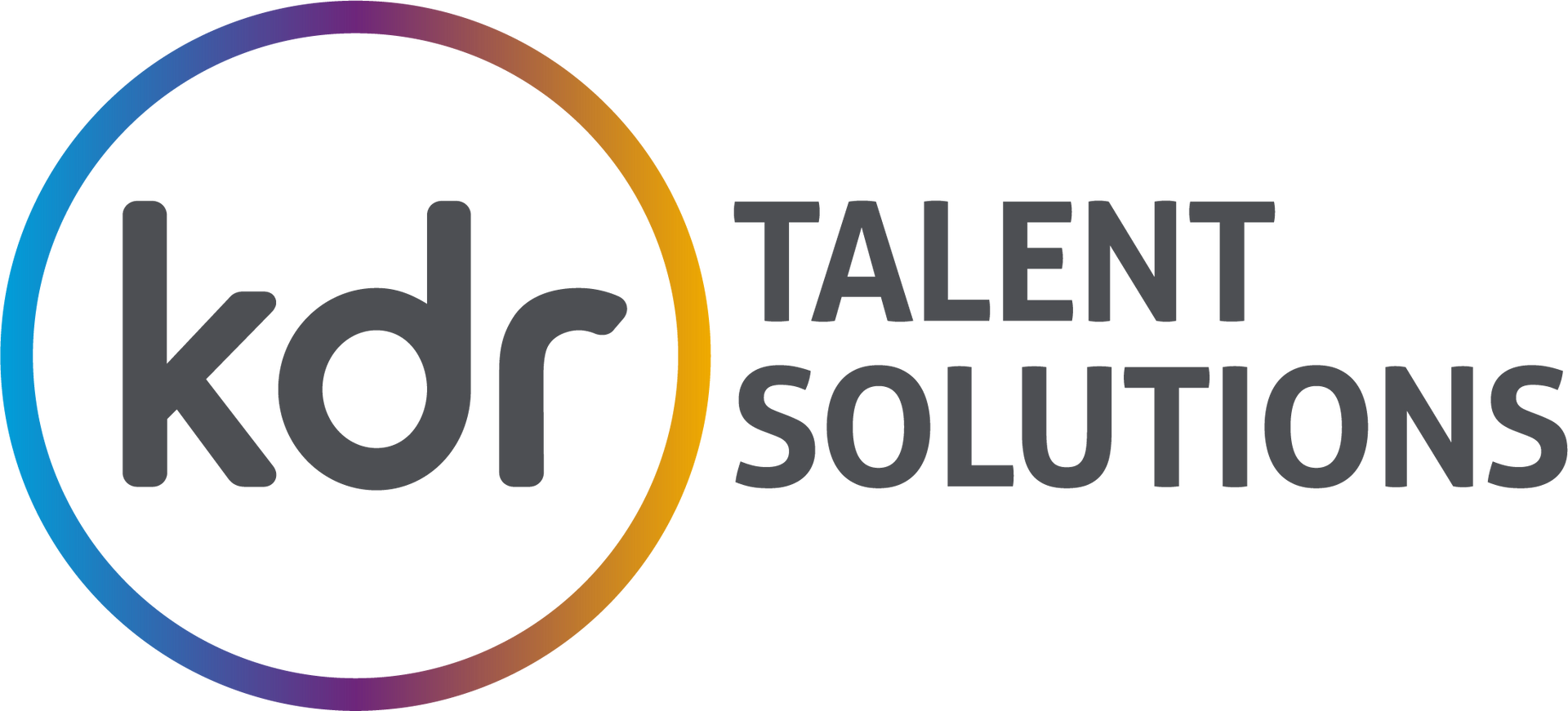Building High Performance Data Teams - A no nonsense guide
A well-structured data team can be the difference between a good utilisation of insightful data and a company that is unable to access the benefits of the data produced

As our State of Data report indicated, those businesses that have invested in data, especially with the economic and political backdrop of the last 18 months, are the ones that have had reported successes in the areas of data usage, data strategy execution and growth. Building a high-performance data team is therefore crucial for the success of any organisation. A well-structured data team can be the difference between a good utilisation of insightful data and a company that is unable to access the benefits of the data produced. My recommendation would be to follow the flow below, focusing on specific areas within each check point because it allows you to stand above the whole hiring process and see what is going on in a more holistic way, which tends to lead to better results.
Foundation:
Roles and Responsibilities:
Crafting a high-performance data team begins with defining clear roles and responsibilities. One mistake I come across is when hiring managers keep running with legacy job roles and descriptions instead of considering what is needed going forward. It’s a mistake because the need for “speed to fill” overrides the better outcome for the business and team. Spend longer at this point to really define the where the skills gaps lie in the team, where the business objectives impact what your team can deliver, then look at each role and weed out any legacy requirements or expectations to ensure you are being as inclusive as possible and therefore reaching a wider talent pool. A note on team size. The size of your data team should be a reflection of the scale and complexity of your business operations. A smaller team may excel in agility, while a larger team can handle diverse data challenges. Striking the right balance ensures optimal resource utilisation.
Process:
Recruitment processes are often overlooked but really important aspects of building a high performing data team. I have written a whole article on recruitment processes
here, but a boiled down version would be: start with strategic preparation, create inclusive job descriptions, make use of technology, unbias your selection and interview process, ensure you provide timely feedback, and then look at your onboarding, because all of these phases of the recruitment cycle affect who you attract and then keep engaged with your business v’s your competitors. Adherence to these basics significantly enhances the likelihood of recruiting the right talent and contributes to overall organisational success.
Identifying talent:
When seeking individuals for your data team, prioritise a blend of technical expertise and soft skills. Technical knowhow is the bedrock of a high-performance data team. Proficiency in programming languages (Python, R), database management (SQL, NoSQL), and knowledge of machine learning frameworks may be non-negotiable for example. Foster an environment that encourages continuous learning to keep pace with the rapidly evolving tech landscape and mitigate skills gap challenges.
Beyond technical acumen, soft skills are the glue that binds a data team. Our State of Data report found that effective communication, problem-solving, and a knack for translating complex insights into understandable narratives are vital. As effective communication is the linchpin of a successful data team, assess candidates not only on their technical acumen but also on their ability to convey complex insights in a clear and concise manner. Evaluate their experience in presenting findings to diverse audiences, gauging their capacity to bridge the gap between data and actionable business strategies.
Foster a collaborative culture where team members can articulate their findings to non-technical stakeholders. Ultimately, the most effective teams are those that are able to communicate the reason why data needs to be inputted in a certain way, so that those who are feeding the systems understand why they are doing what they are doing. High performing data teams collaborate and story tell their way into the hearts and minds of the business so keep this in mind when hiring, technical knowhow is great and completely necessary, but so is having team members who can then sell to the rest of the business.
A diverse team brings a spectrum of perspectives crucial for comprehensive problem-solving. Beyond gender and ethnicity, diversity should encompass varied professional backgrounds and experiences. This approach fosters creativity and resilience in tackling complex data challenges.
Structure: data governance models
A key consideration for the times we are experiencing currently is the agility of a team. For agility to thrive you need certain structures in place and here there are a few options to choose from which I will highlight below. Whichever structure you go for make sure you consider a few helpful characteristics such as agility, efficiency, influence, stakeholder clarity, stability, growth or flexibility.
Usually when companies are at the beginning of their data journey they adopt a fully centralised data governance model. It consolidates data management under a single, central authority. All data-related processes, storage, and decisions are controlled centrally, ensuring uniformity and compliance with organisational standards. This allows for strong control over data quality and governance, maintenance and updates are simplified and enforcement of security measures is easier. The problems that arise in contrast can be around lack of flexibility for specialised business units, potential for bottlenecks in data processing and it may not cater well to diverse business needs.
The federated model however, involves a decentralised approach where data is distributed across different autonomous units or departments. Each unit maintains control over its data but can share information with other units when necessary. This encourages autonomy among units and provides efficient data access for specific business needs, in turn reducing the burden on a central authority. However, with this fully federated approach, data governance challenges may arise. There can be potential for inconsistencies in data interpretation and it requires strong coordination among units.
This is why I believe most of the clients I speak to have adopted a spoke and wheel model:
In the spoke and wheel model, a central hub manages and disseminates information to satellite units (the "spokes"). The central hub serves as a focal point for data control, ensuring consistency and standardisation.
The choice between these models depends on the organisation's structure, business objectives, and the need for centralised control versus distributed autonomy. Some organisations may even adopt hybrid approaches, blending elements from multiple models to strike a balance between control and flexibility.
Business Buy-In:
To elevate your data team, securing support from the business is key. Transparent alignment of data initiatives with organisational goals ensures everyone in the business understands the function and impact of what the data team provides. Demonstrate the tangible impact of data-driven insights on revenue, customer satisfaction, or operational efficiency to gain continuous support.
Learning and Development
One of the key trends for HR professionals in 2024 will be reinvigorating L&D programmes. Stats indicate that more people are becoming more disengaged from their work. Studies have also shown that continued learning taps into the hippocampus and prefrontal cortex, promoting neuroplasticity and cognitive flexibility. At work, this serves as a motivator by triggering a sense of accomplishment, fostering professional growth, aiding in adaptation to change, promoting innovation, enhancing job satisfaction, providing a competitive edge, and increasing self-efficacy. This not only benefits individuals but also contributes to a more dynamic and successful workplace. Seek individuals who exhibit a proactive approach to staying updated on emerging technologies and industry trends. Enquire about their participation in training programs, certifications, or community engagement, demonstrating their commitment to professional growth and adaptability.
Building a high-performance data team requires a meticulous approach to talent acquisition, streamlined processes, and alignment with business objectives. Having worked with data leaders and teams over the last 10 years, I know that navigating these intricacies well takes time but ultimately ensures that the individuals you bring on board not only possess the requisite technical skills but also contribute to a collaborative and innovative team culture. By focusing on a holistic evaluation initially, you lay the foundation for a data team that not only meets but exceeds organisational expectations.






